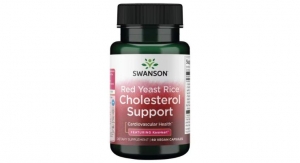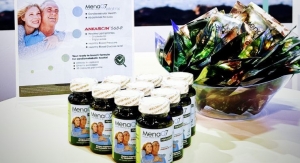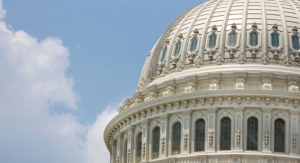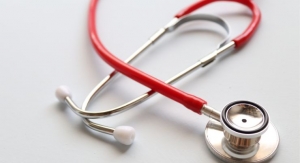01.01.07
Red yeast rice is the product of yeast (Monascus purpureus) grown on rice, and is served as a dietary staple in some Asian countries. It contains several compounds collectively known as Monacolins, substances known to inhibit cholesterol synthesis. One of these, "Monacolin K" is a potent inhibitor of HMG-CoA reductase, and is also known as Mevinolin or Lovastatin (Mevacor®, a drug produced by Merck & Co., Inc).
Red yeast rice extract has been sold as a natural cholesterol-lowering agent in over the counter supplements, such as CholestinTM (Pharmanex, Inc). However, there has been legal and industrial dispute as to whether red yeast rice is a drug or dietary supplement, involving this manufacturer, the U.S. Food and Drug Administration (FDA) and the pharmaceutical industry (particularly producers of HMG-CoA reductase inhibitor prescription drugs or "statins").
The use of red yeast rice in China was first documented in the Tang Dynasty in 800 A.D. A detailed description of its manufacture is found in the ancient Chinese pharmacopoeia, Ben Cao Gang Mu-Dan Shi Bu Yi, published during the Ming Dynasty (1368-1644). In this text, red yeast rice is proposed to be a mild aid for gastric problems (indigestion, diarrhea), blood circulation and spleen and stomach health. Red yeast rice in a dried, powdered form is called Zhi Tai. When extracted with alcohol it is called Xue Zhi Kang.
Red yeast rice extract has been sold as a natural cholesterol-lowering agent in over the counter supplements, such as CholestinTM (Pharmanex, Inc). However, there has been legal and industrial dispute as to whether red yeast rice is a drug or dietary supplement, involving this manufacturer, the U.S. Food and Drug Administration (FDA) and the pharmaceutical industry (particularly producers of HMG-CoA reductase inhibitor prescription drugs or "statins").
The use of red yeast rice in China was first documented in the Tang Dynasty in 800 A.D. A detailed description of its manufacture is found in the ancient Chinese pharmacopoeia, Ben Cao Gang Mu-Dan Shi Bu Yi, published during the Ming Dynasty (1368-1644). In this text, red yeast rice is proposed to be a mild aid for gastric problems (indigestion, diarrhea), blood circulation and spleen and stomach health. Red yeast rice in a dried, powdered form is called Zhi Tai. When extracted with alcohol it is called Xue Zhi Kang.
















